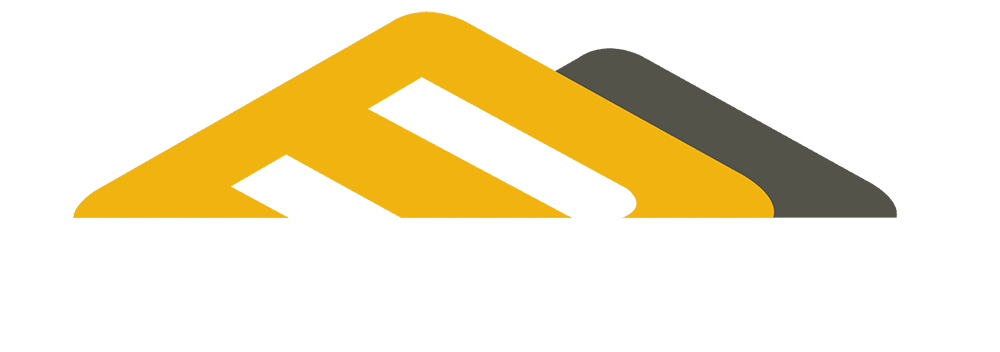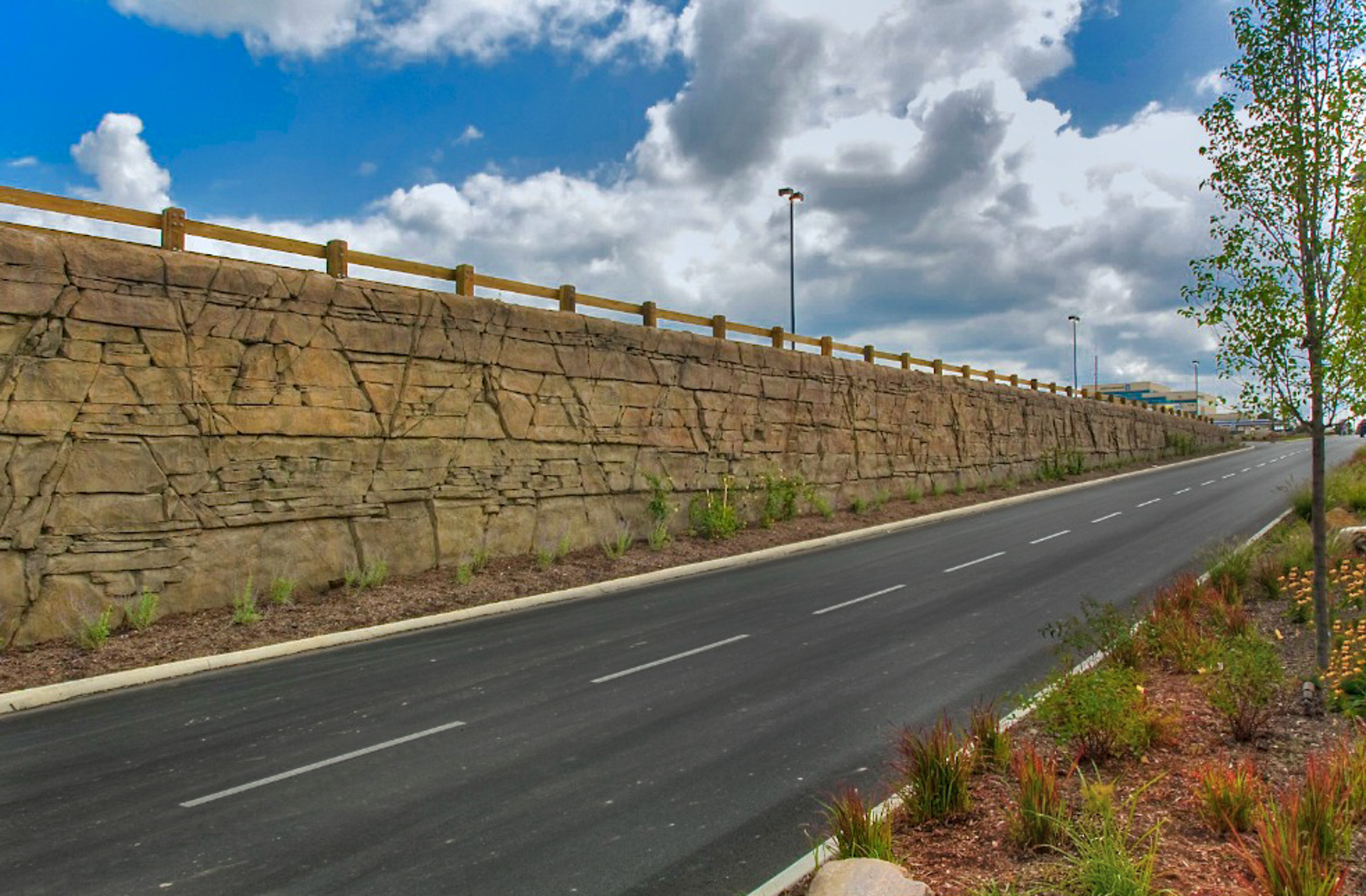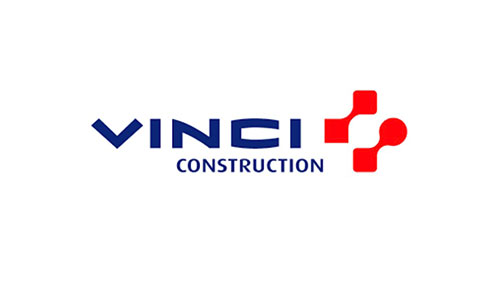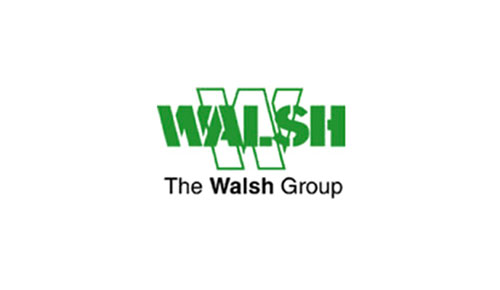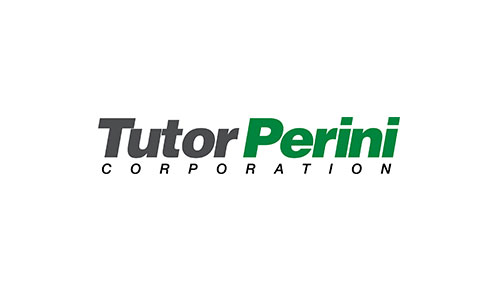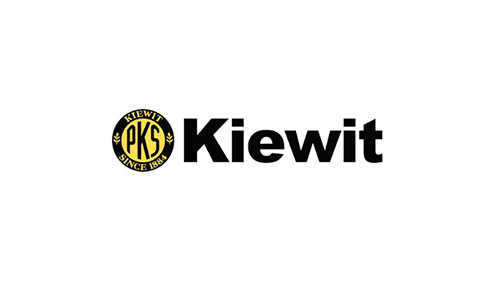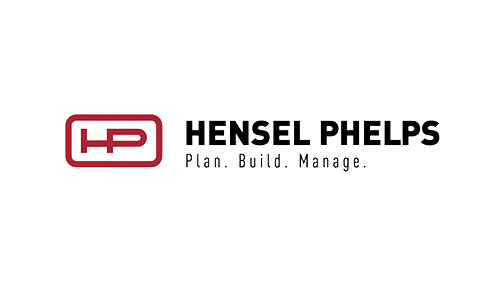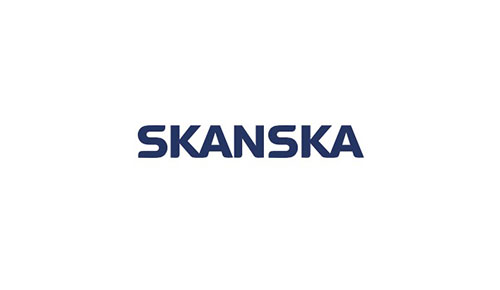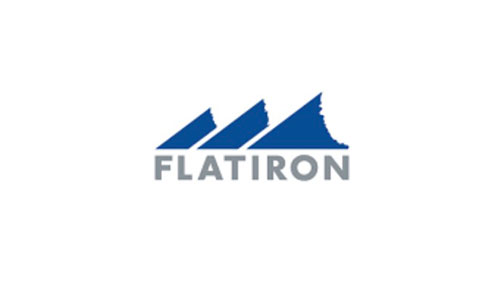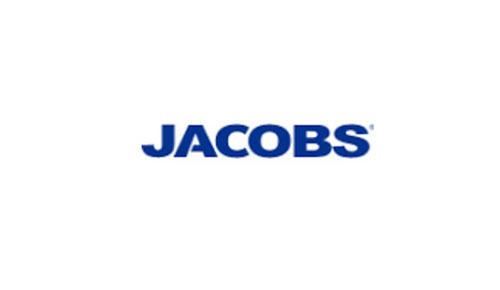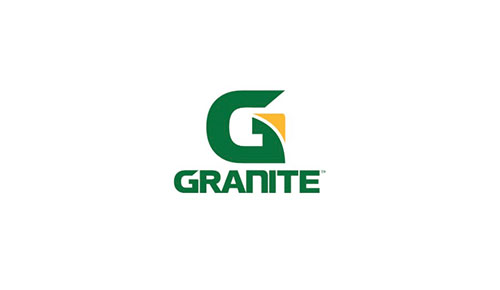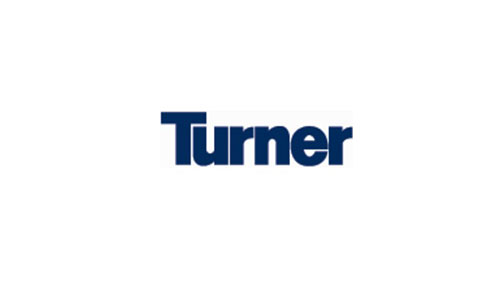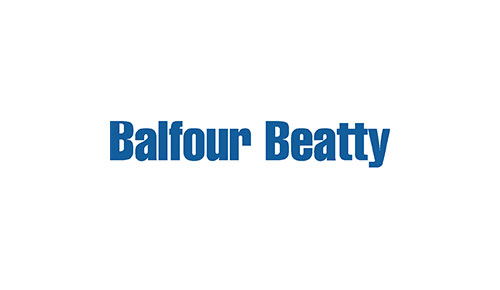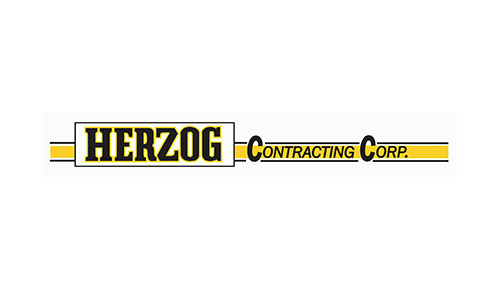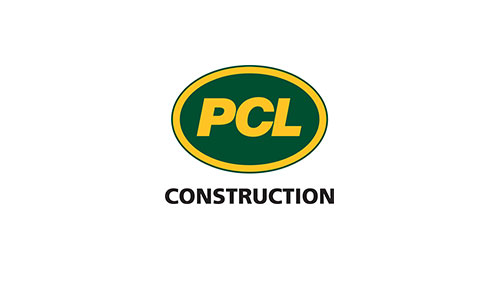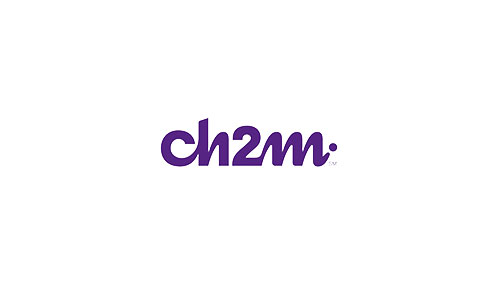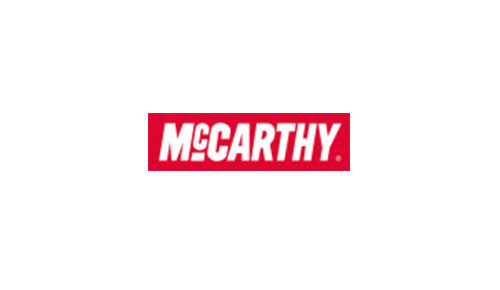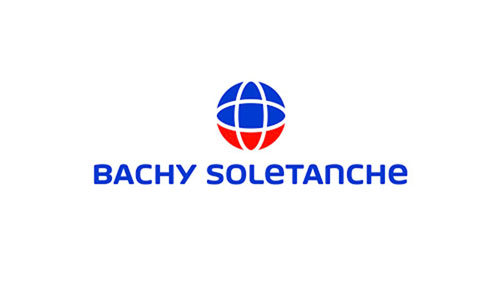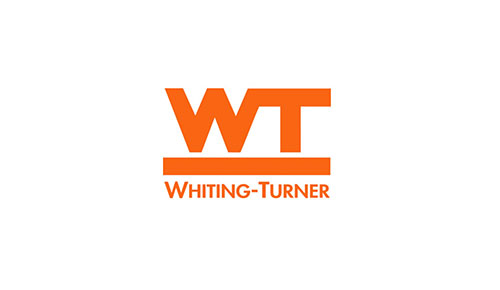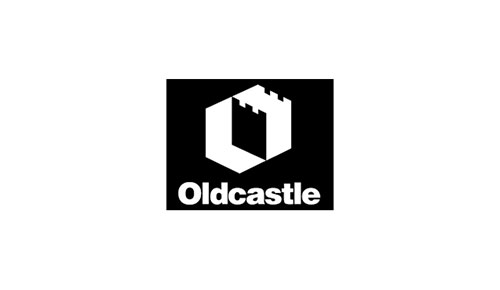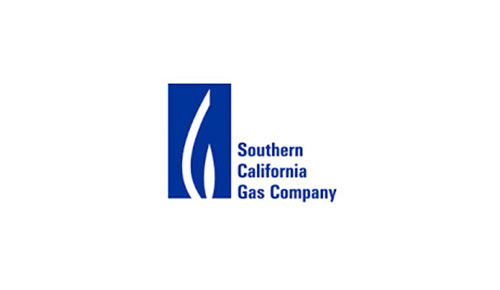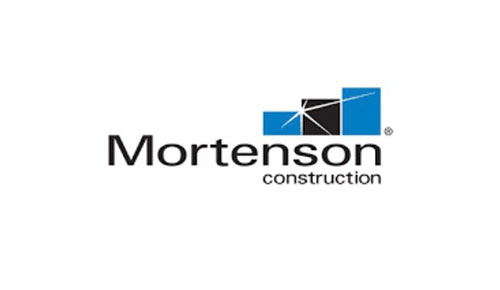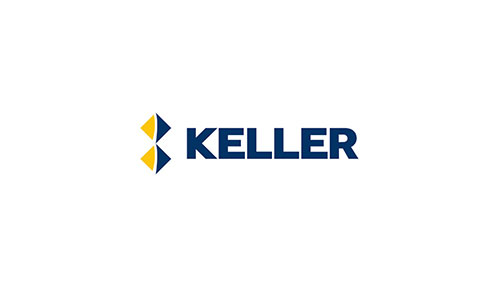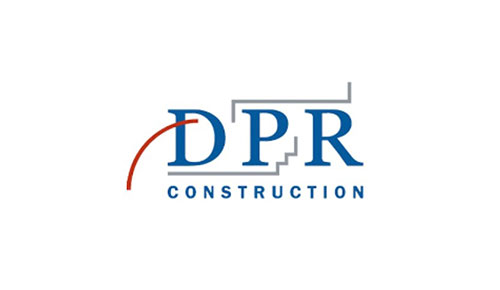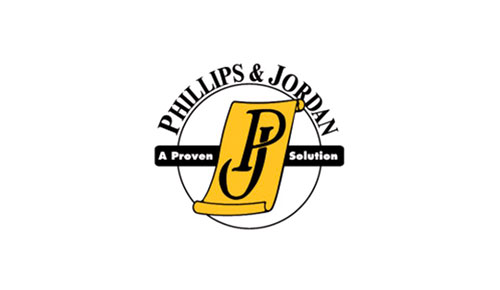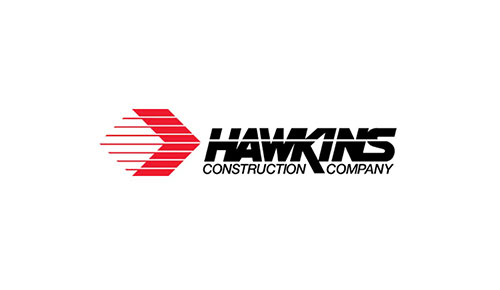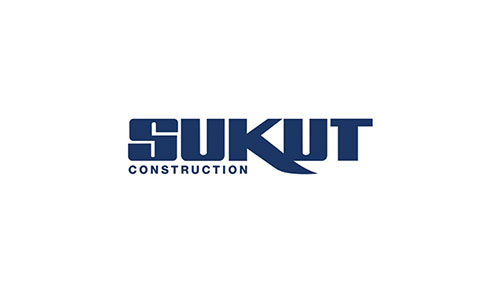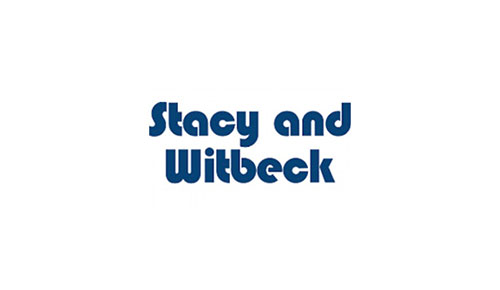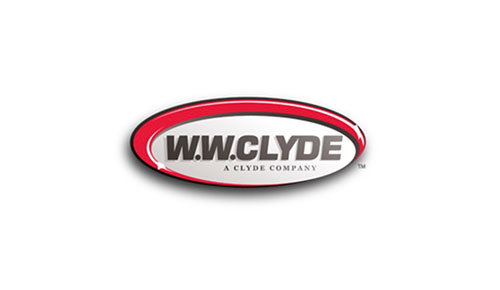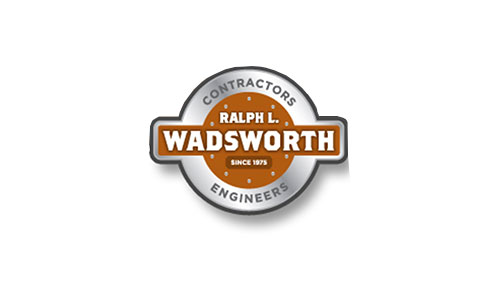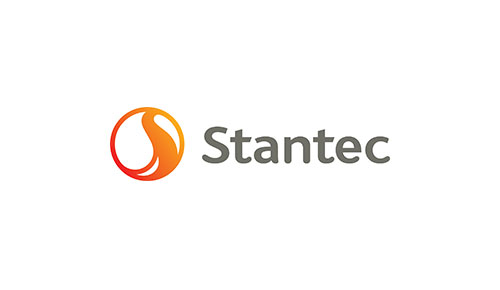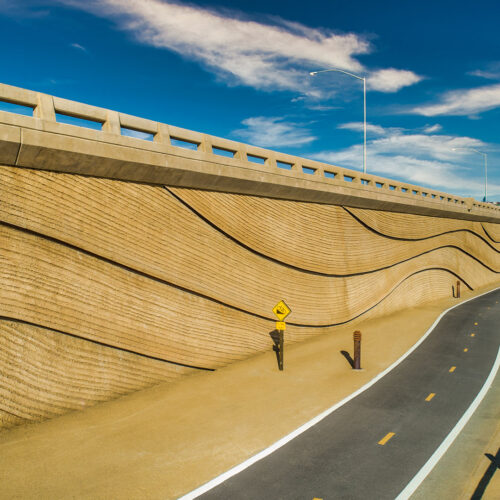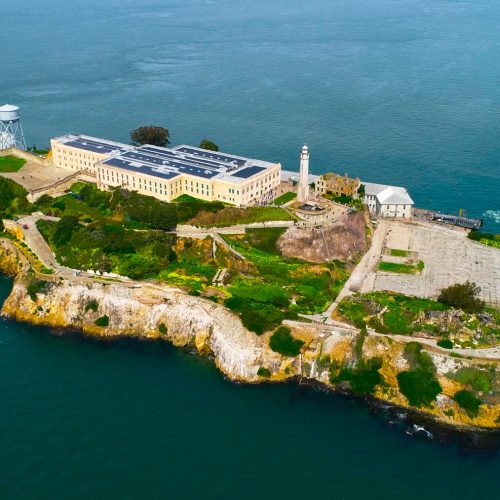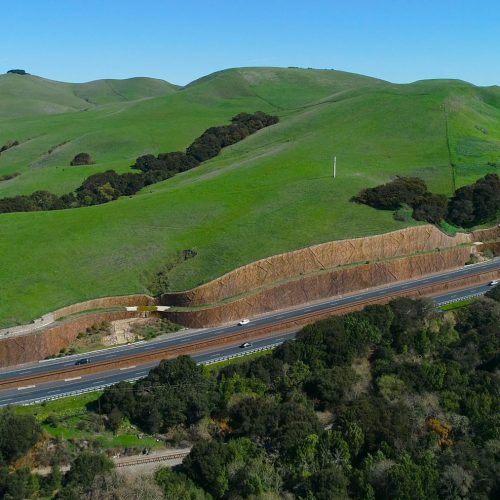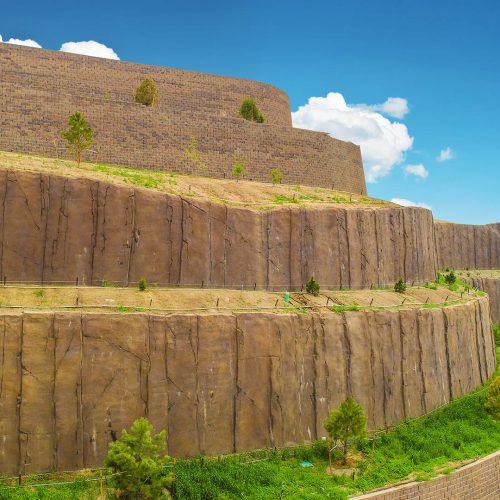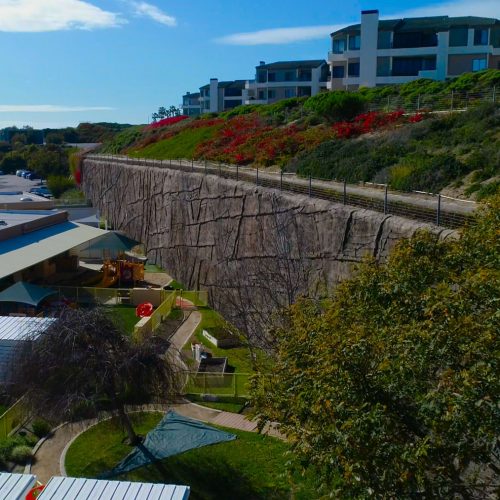Quality Management in Shotcrete Construction
As shotcrete continues to gain prominence in modern construction and infrastructure rehabilitation, ensuring consistent quality has become more critical than ever. From tunneling and slope stabilization to architectural applications and seismic retrofits, shotcrete plays a vital role in structural safety and performance. However, the success of these applications depends heavily on implementing a robust Quality Management (QM) system. This article explores how QA and QC programs contribute to successful shotcrete outcomes in North America.
Understanding Quality Management in Shotcrete
Quality Management in shotcrete construction is a collaborative effort involving the owner, engineer, contractor, suppliers, and testing agencies. A comprehensive QM program comprises two key components: Quality Assurance (QA) and Quality Control (QC).
Quality Assurance (QA)
QA includes systematic processes designed to ensure that the final shotcrete installation meets performance requirements. This involves project planning, selection of qualified contractors, specification development, and oversight during execution.
Quality Control (QC)
QC focuses on the materials, methods, and workmanship used on-site. It includes routine testing, inspection, and verification to maintain consistency and conformance with project specifications.
Roles and Responsibilities
On most shotcrete projects, the owner and engineer oversee QA, while the contractor is responsible for QC. Preconstruction trials, including test panels and nozzleman qualifications, are commonly required. QC involves regular testing of compressive strength, flexural strength, absorption, and void content to validate shotcrete quality.
Typical Shotcrete Specification Criteria
To maintain consistency and performance, most North American projects follow performance-based specifications. These standards provide flexibility in materials and methods while ensuring the final result meets structural and durability goals.
Shotcrete Performance Requirements
| Property | Test Method | Age (days) | Specified Limit | Typical Range |
|---|---|---|---|---|
| Compressive Strength (MPa) | CSA A23.2-14C | 7 / 28 | ≥30 / ≥40 | 40–70 |
| Air Content (%) | CSA A23.2-4C | – | 4 ± 1 | 3–5 |
| Slump (mm) | CSA A23.2-5C | – | 80 ± 30 | 60–90 |
| Boiled Absorption (%) | ASTM C 642 | 7 | ≤8 | 3–6 |
| Permeable Voids (%) | ASTM C 642 | 7 | ≤17 | 8–14 |
| Flexural Strength (MPa) | ASTM C 1018 | 7 | ≥4.0 | 4–5 |
Case Example: Tunnel Lining with Steel Fiber-Reinforced Shotcrete
In a Canadian hydroelectric project, a steel fiber-reinforced, silica fume shotcrete with a liquid accelerator was applied in two parallel tunnels using a wet-mix process. Preconstruction tests helped optimize the mix and nozzlemen qualifications. Over 30 test panels were evaluated for compressive strength, absorption, and flexural toughness. The project achieved all performance targets, demonstrating the effectiveness of a thorough QA/QC program.
Conclusion
Shotcrete offers immense flexibility and durability across various construction sectors, but only when applied under strict quality management. A structured QA/QC program ensures reliability, safety, and cost-efficiency. As material technologies and techniques continue to evolve, adopting a data-driven and collaborative approach to shotcrete construction will be key to achieving long-lasting success.
Contact Boulderscape, Inc.
Address: 1050 Calle Negocio, San Clemente, CA 92673
Office: (949) 661-5087 | Fax: (949) 661-3397
Website:www.Boulderscape.com
“Installers of more than 14 million square feet of structural/architectural shotcrete nationwide”
